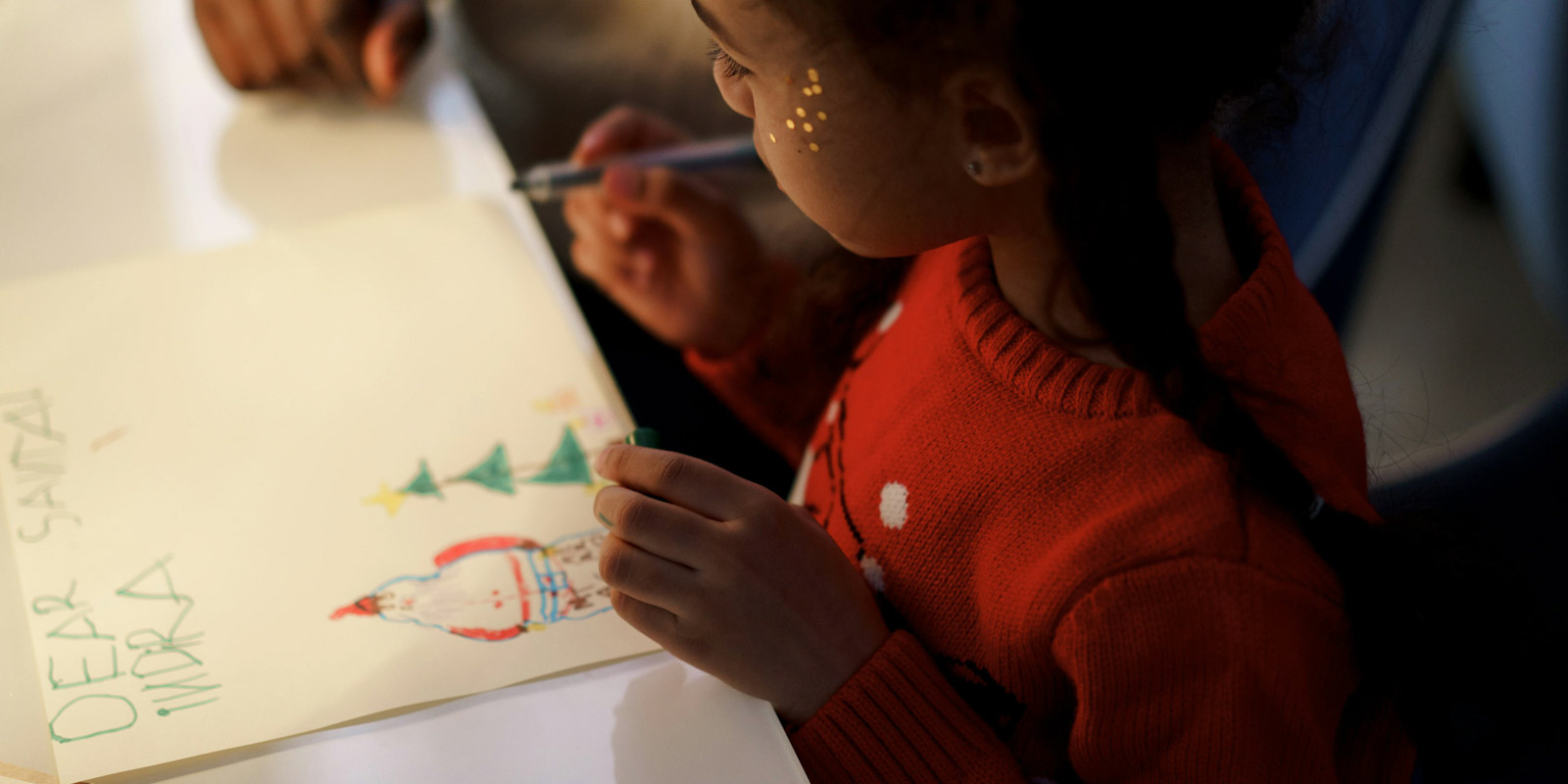Handwriting is one of the most controversial topics in Australian early childhood education. There is no expectation for educators to implement a formal handwriting program, although they may receive pressure to do so from parents and their peers.
Formal handwriting lessons are not appropriate under the Early Years Learning Framework. However, children can still develop age-appropriate literacy skills in a child-led, play-based curriculum.
Educators will find that some children want to write. Their handwriting will develop at the drawing table, as they copy the letters and symbols in their environment. Children from as young as two years old can become passionate about writing their own name, which is a key part of their identity.
EYLF learning outcomes
The Early Years Learning Framework asks children to take increasing responsibility for their own physical learning (3.2), which includes the fine motor skills used in handwriting.
Emerging handwriting skills help children become effective communicators (5), including:
- interacting non-verbally with others (5.1)
- engaging with a range of texts and gaining meaning from these texts (5.2)
- expressing ideas and making meaning using media (5.3)
- and understanding how symbols and pattern systems work (5.4).
Learning experiences
Develop fine motor muscles
Early childhood educators can help children learn to write by giving them opportunities to strengthen their hand muscles, like squeezing playdough, using tongs, and playing with pegs.
Provide children of all ages with opportunities to grasp and manipulate objects.
Read about the importance of developing fine motor skills before handwriting skills on CELA.
Develop gross motor muscles
Make time for physical activity. Gross motor movements like rolling around and hanging upside down can improve children's spacial awareness and understanding of shapes.
Practice handwriting
Provide opportunities for children to:
- draw dots, lines (vertical, horizontal, diagonal, parallel), circles, crosses, triangles and squares
- colour between lines
- incorporate handwriting into their play and routines
- attempt to write their name, numbers and other words or letters that interest them.
Follow children's interests
Follow children's interests to find opportunities for handwriting. Children who:
- like toy cars could make their own street signs
- like gardening could write a letter to tell the snails to keep away
- are multilingual could teach their friends characters from their language
- are interested in Aboriginal and Torres Strait Islander cultures can practice drawing tracking symbols
- play in the home corner could make their own money.

